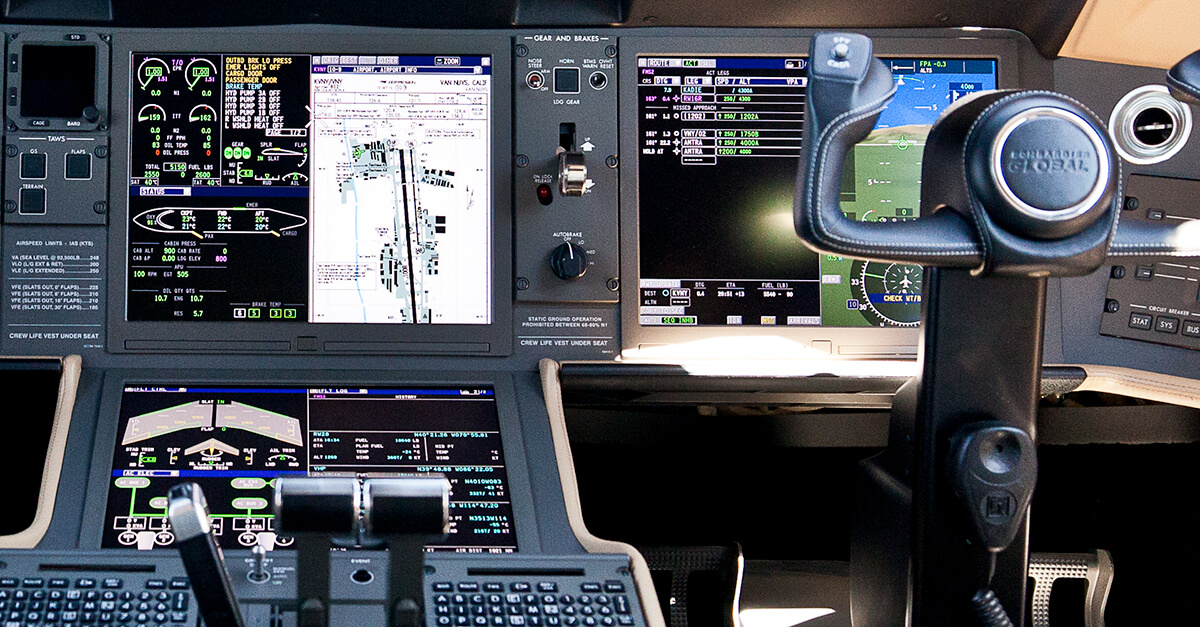
July 3, 2020
Operators experiencing a “NO COMM” error, one of those most common data link communication issues, should run through a series of simple tests that can help determine the cause of the problem.
These troubleshooting tips are part of a comprehensive overview of data link technology in the latest NBAA GO Virtual Maintenance Conference session, “Data Link Fundamentals.” Those interested in further information about data link, from component installation to global availability, may join the live Q&A session at 3 p.m. (EDT) Monday, July 6.
1. Determine if line of sight is affected
Presenter Amanda Grizzard, manager of customer training for Universal Avionics, said the first step when encountering a NO COMM error is to ask a series of background questions: Do you have an active data link subscription? Where was the aircraft when the NO COMM presented? And was the operator trying to communicate using a very high frequency (VHF) or satellite communication (SATCOM) medium?
“Line of sight is necessary to communicate using VHF or SATCOM,” said Grizzard. “If we know where the aircraft was and what medium was affected by the NO COMM, then we can begin to determine if the aircraft had line of sight.”
Grizzard noted that not having line of sight is the most common cause of a NO COMM error, as well as the easiest to fix.
2. Use built-in troubleshooting tools
As a next step, Grizzard recommends looking for any other messages on the control display unit (CDU) and consulting the relevant manufacturer-provided troubleshooting steps. Operators will want to make sure they can access the data link pages using the aircraft’s CDU.
“If they can’t, this points toward a wiring issue between the flight management system display and communications management unit (CMU),” said Grizzard. “If they can access the data link pages through the display, they should take advantage of any troubleshooting tools built into the system.”
As an example, Grizzard points to link logs available on many systems, which can be downloaded and sent to your service provider’s technical support for evaluation. Operators can also request the air-to-ground logs from the day of the failure. These logs provide information regarding the NO COMM event that can point to the cause.
3. Verify component connection
When troubleshooting a VHF NO COMM issue, operators will want to verify the connectivity between the CMU, VHF data link radio and VHF antenna, which could be exhibiting a hard failure or intermittent failure.
“You want to make sure all continuity and voltage checks pass, and that your antenna is properly connected, sealed and not corroded,” she said.
For a SATCOM NO COMM issue, operators will want to ensure the integrity of the wiring between the CDU, FMS, CMU and SATCOM data unit, as well as the wiring between the SATCOM data unit and the antenna. She noted that the most common causes of a SATCOM NO COMM issue are no line of sight or an issue with the service subscription, such as the service provider having incorrect aircraft information or the wrong international mobile equipment identity code for the SATCOM.


 International Business Aviation Council Ltd.
International Business Aviation Council Ltd.